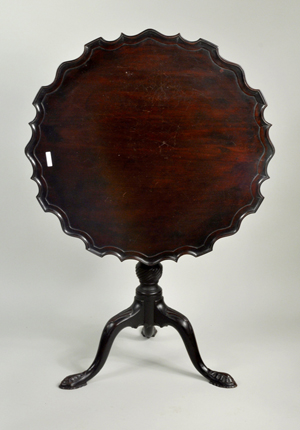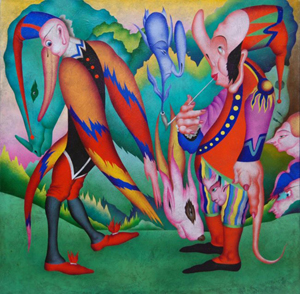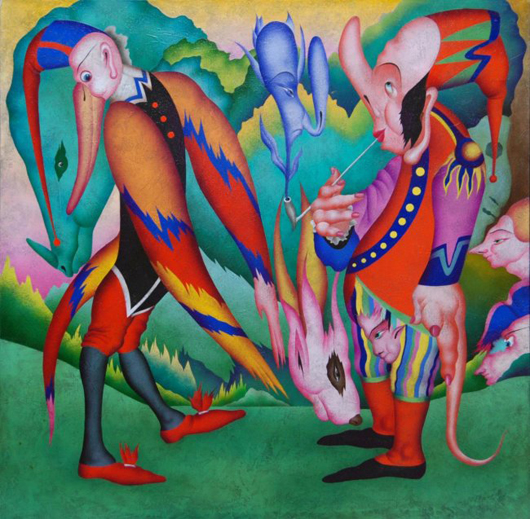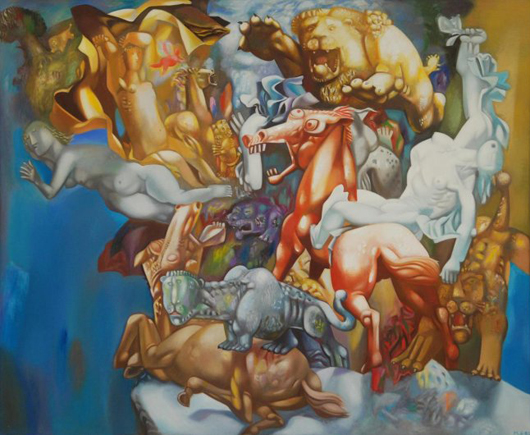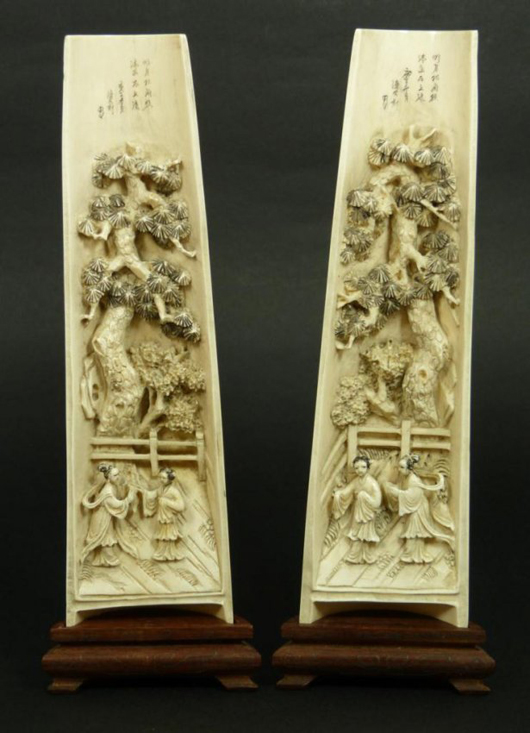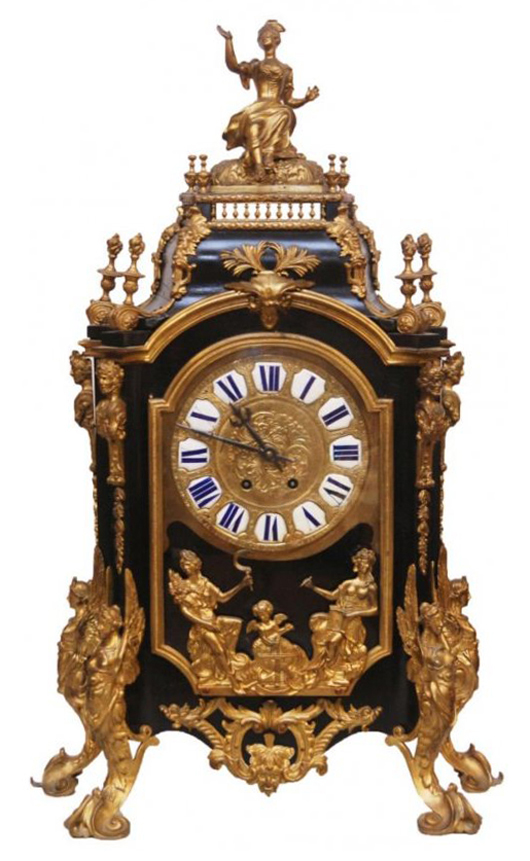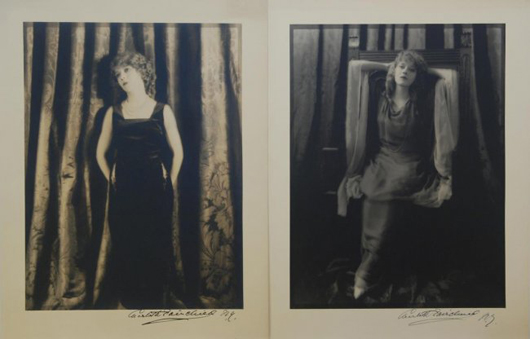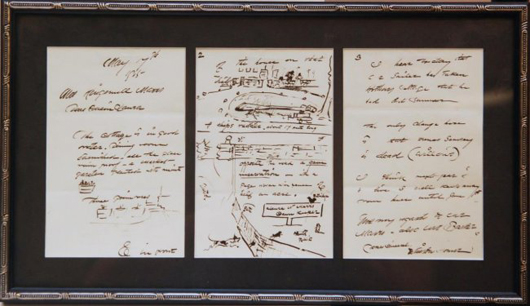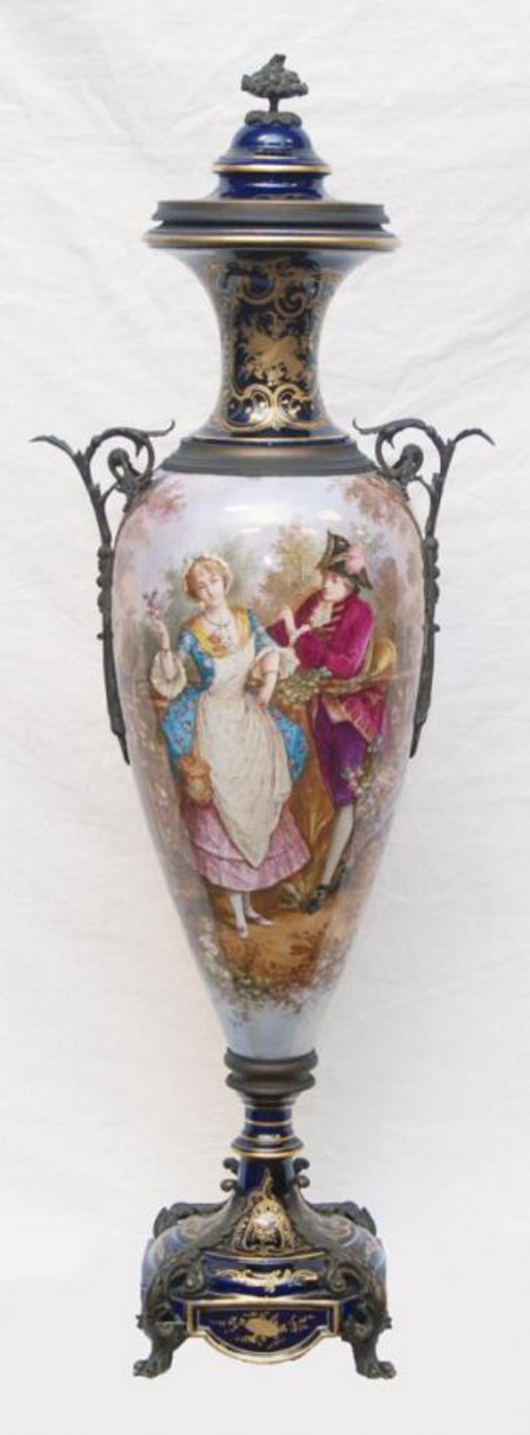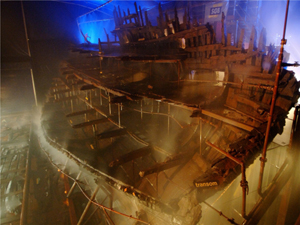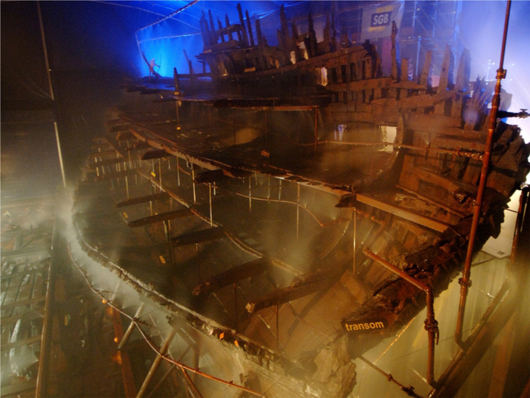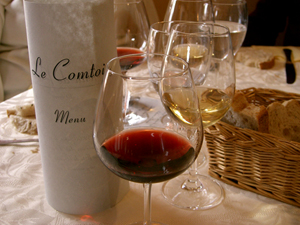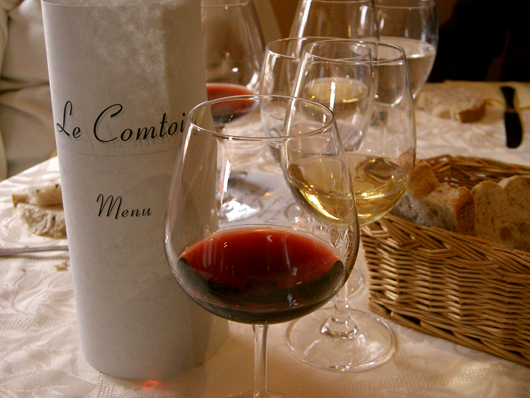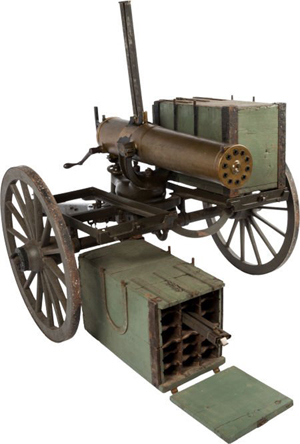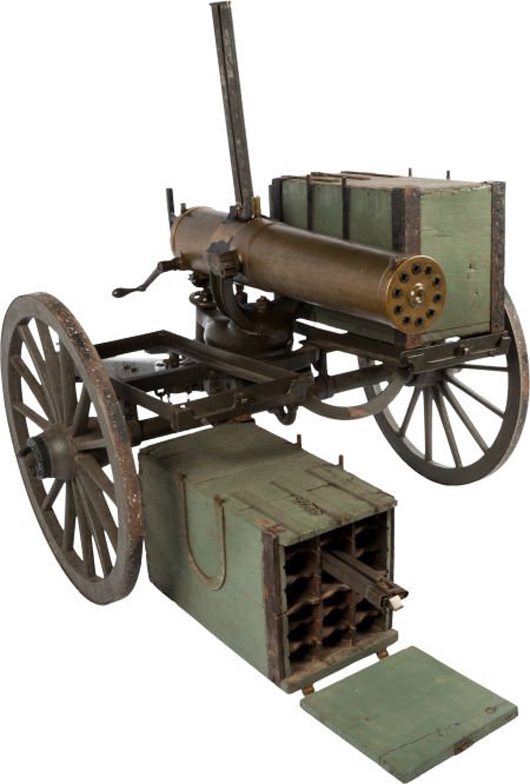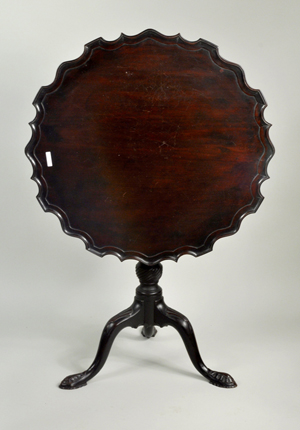
George III mahogany piecrust table. Woodbury Auction image. WOODBURY, Conn – On Sunday, June 9, at 11 a.m. Eastern Daylight Time, Schwenke’s Woodbury Auction will present its Fourth Anniversary Spring Fine Estates Auction. LiveAuctioneers.com will provide Internet live bidding.
“This will be one of our strongest sales to date, and we are happy to be offering the wonderful American folk art collection of Arnold and Sheila Aronson—150 lots of carefully selected American Folk Art examples comprising painted furniture, artwork, whirligigs, quilts, weathervanes and accessories,” said owner Thomas Schwenke. The Aronson Collection will be auctioned as a special section during the sale, beginning at 12:30 pm.
One of the prime single lots is a rare cast bronze unawarded production model of the Heisman trophy from the Roman Bronze Works, grouped with an unassembled second model. These are being offered for the first time, having been acquired by the consignor from the late Philip Schiavo, owner of the Roman Bronze Works. Several other bronzes, some from Roman Bronze Works, are also on offer, as well as a portrait bust by Elie Nadelman.
Also featured is Andy Warhol’s Wild Raspberries a folio of 18 hand-colored lithographs created in 1959 and signed by Warhol to/ for the original purchaser; along with the book Pre-Pop Warhol, published by Panache Press of Random House, which was written in part using this folio, and including two thank-you letters from the publisher to the original owner.
The sale also includes property from various estates and consignors from Litchfield County, Conn., and Westchester County, N.Y., and the Native American collection of a New York man, including Navajo folk art carvings, New Mexican painted retablos, Hopi, Zuni and Laguna pottery, kachinas, artwork and baskets.
Other decorative arts lots of interest include a 13-piece Tiffany Venetian pattern desk set including the inkwell, blotter, pen holder, calendar, notepad, letter hold, pen tray, postage scale, stamp box, paper clip are being sold individually and are fresh to market from original owner’s family a 17th century framed, silk trapunto English needlework of Romulus and Remus alongside a lion; and a Kathe Kollwitz etching, Frau Mit Totem Kind.
Seven distinctive pieces of Indian jewelry, including five Muhgal-style 20K gold examples, are offered on behalf of a New York State private collector.
Many fine lots of American and English furniture are being sold as lots 502 to 614. Prime American examples include a Portsmouth inlaid mahogany swell front-chest with fan inlays, a circa 1810 Federal tiger and bird’s-eye maple server, most likely New Hampshire, an American Chippendale mirror with phoenix, an inlaid mahogany corner cupboard, a Sheraton figured maple drop-leaf worktable, and a Philadelphia Chippendale carved mahogany side chair. English featured pieces are a George II concertina card table, a George III mahogany pie crust table, possibly Irish, a signed London bracket clock, a Regency mahogany cellarette, and a pair of Sheraton brass mounted hall chairs.
This sale also will feature many estate Oriental carpets including Persian and Caucasian room and scatter sized rugs, and other regional Asian rugs of varying sizes.
The sale will begin at 11 a.m. Eastern Daylight Time, with the Aronson Collection being sold at 12:30 p.m.
The catalog for the sale is viewable at www.woodburyauction.com. Phone Woodbury Auction at 203-266-0323.
View the fully illustrated online catalog and sign up to bid absentee or live via the Internet at www.LiveAuctioneers.com.
ADDITIONAL LOTS OF NOTE
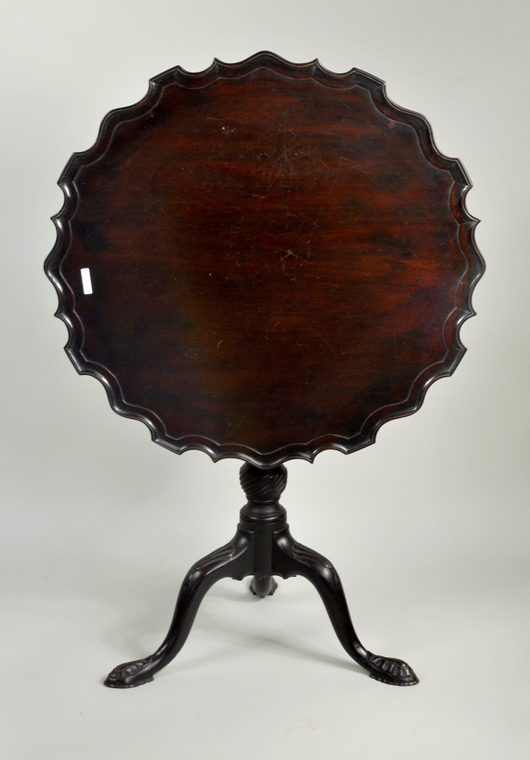
George III mahogany piecrust table. Woodbury Auction image. 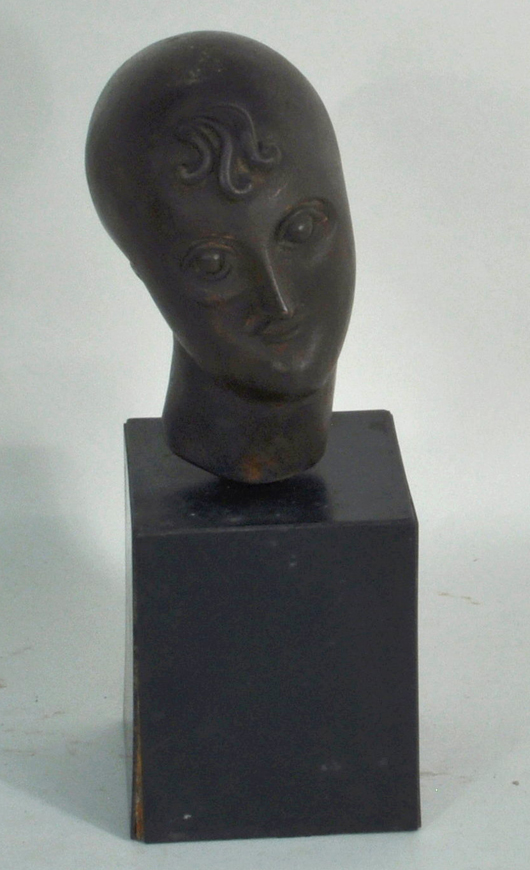
Elie Nadelman, ‘Portrait Bust.’ Woodbury Auction image. 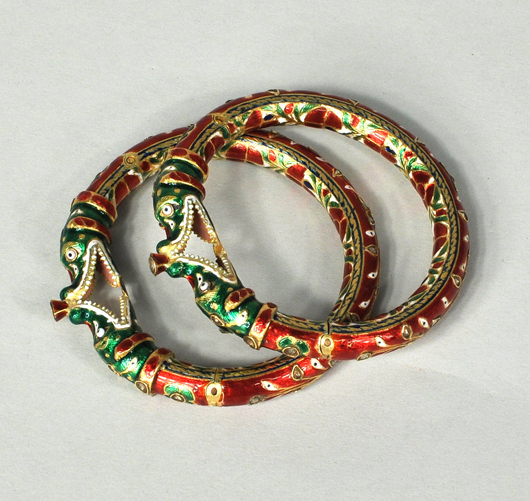
Pair of gold bracelets. Woodbury Auction image. 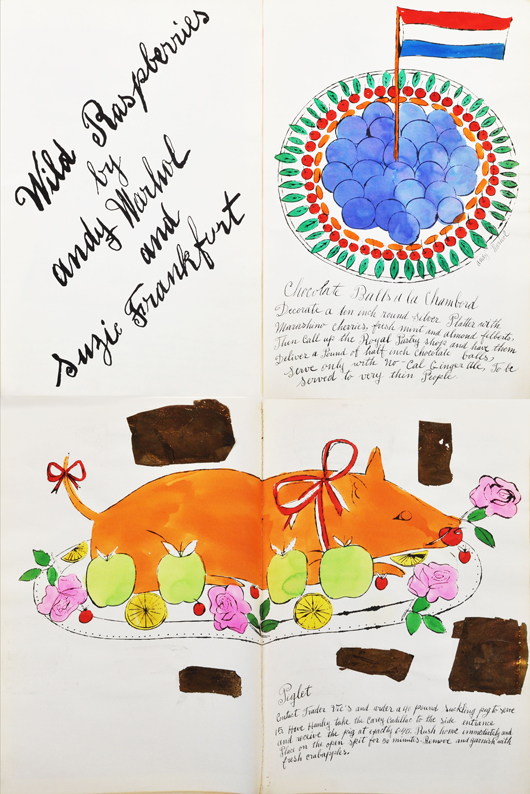
Andy Warhol ‘Wild Raspberries’ folio. Woodbury Auction image. 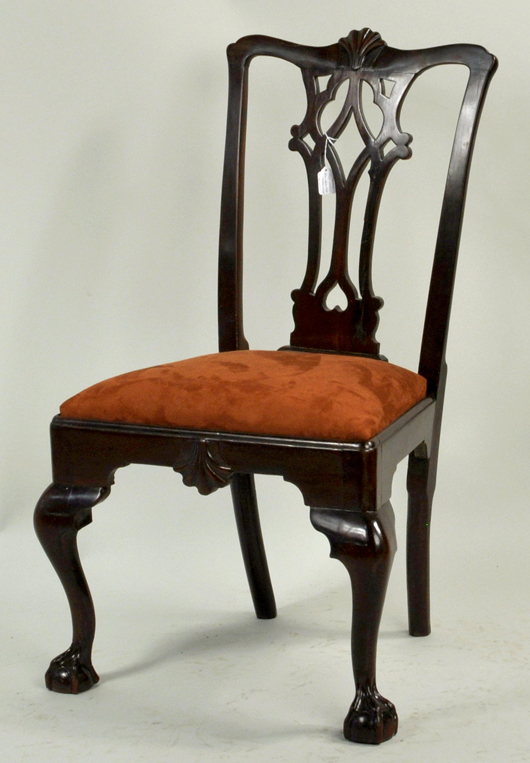
American mahogany side chair. Woodbury Auction image. 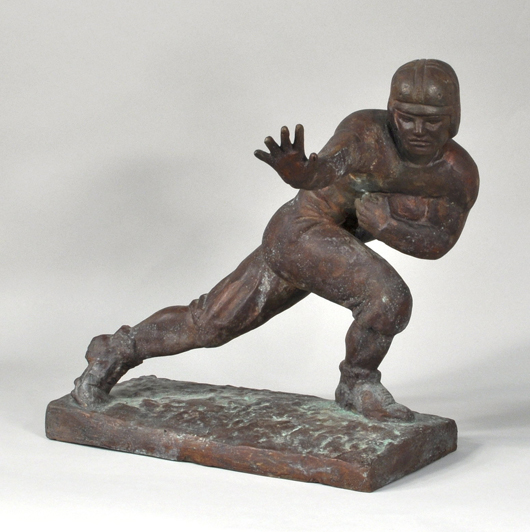
Heisman bronze model. Woodbury Auction image.


